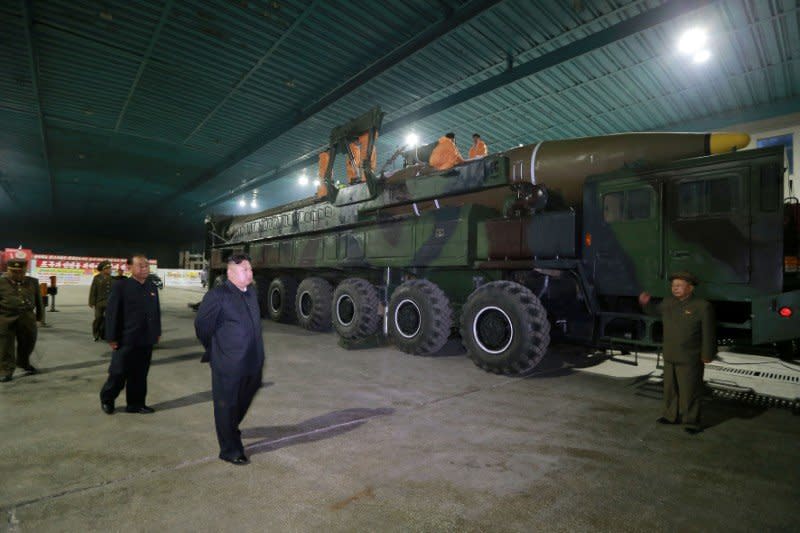New analysis shows North Korea's ICBM is basically useless

Thomson Reuters
North Korea shocked the world by launching an intercontinental ballistic missile on July 4. But according to an analysis by Breaking Defense, it's basically useless.
While the missile demonstrated sufficient range to be considered an ICBM, Ralph Savelsberg and James Kiessling, the authors of the analysis, compared it with other ICBMs and found it much too small to deliver a meaningful payload at important ranges.
Compared with the vehicle North Korea has used to launch satellites, the country's ICBM — called the KN-14 or Hwasong-14 — is about half as long and significantly thinner. They concluded that the KN-14 couldn't carry as big a payload as satellite-launch vehicles, but that such vehicles couldn't withstand being carted around like the KN-14.
Additionally, the US shouldn't count on the North Koreans to accurately target cities. At full range, the authors suggest, the KN-14 could land within only about 19 miles of a target.
While North Korea has demonstrated the technology requisite to land a large warhead on the US mainland with its satellite-launcher vehicles, the KN-14 simply doesn't have what it takes.
Read the full report »
NOW WATCH: Watch the US THAAD missile defense system strike a ballistic missile in a target test
See Also:

 Yahoo News
Yahoo News 

